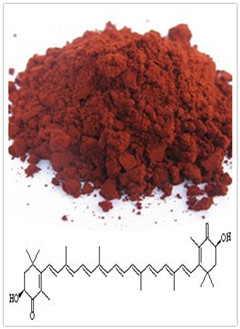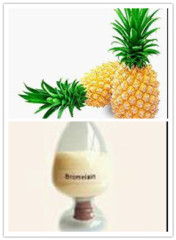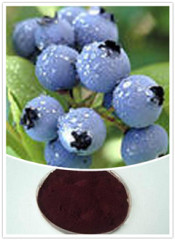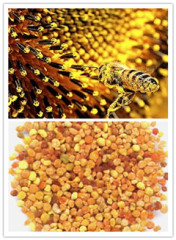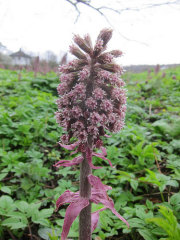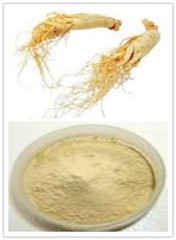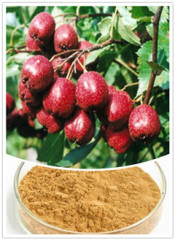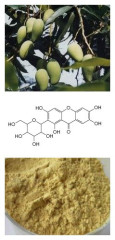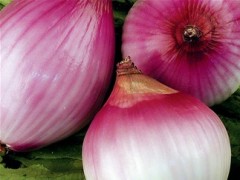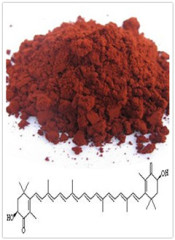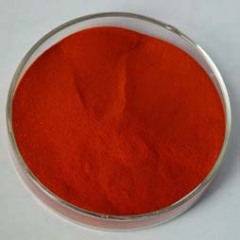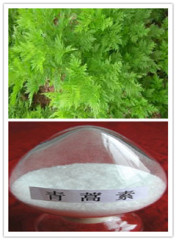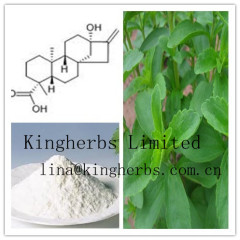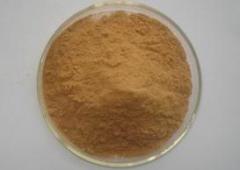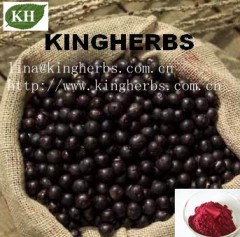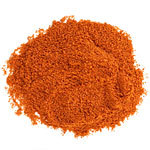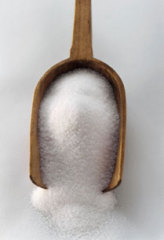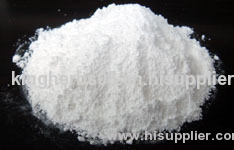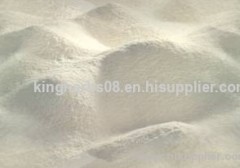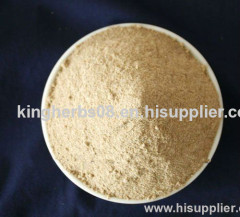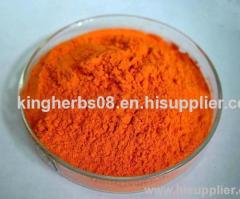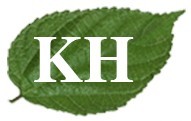
|
Kingherbs Ltd Co
|
Astaxanthin (China Kingherbs Ltd)
| Payment Terms: | T/T |
| Place of Origin: | Hunan, China (Mainland) |
|
|
|
| Add to My Favorites | |
| HiSupplier Escrow |
Product Detail
CAS#: 472-61-7
Botanical Source: Haematococcus pluvialis algae
Specifications: Astaxanthin 1%,2%,5%,8%,10% By HPLC, Astaxanthin 1.5%,3% By UV
Astaxanthin
Plant Origin: Haematococcus pluvialis
Specification: Astaxanthin 1%,2%,5%,8%,10% By HPLC, Astaxanthin 1.5%,3% By UV
Specification: Astaxanthin 1%,2%,5%,8%,10% By HPLC, Astaxanthin 1.5%,3% By UV
CAS No.: 472-61-7
Molecular Formula: C40H52O4
Molecular Formula: C40H52O4
Molecular Weight: 596.3616
Melting point: 216 °C, 489 K, 421 °F
Boiling point: 774 °C, 1047 K, 1425 °F
Functions:
Astaxanthin is able to cross the blood/brain barrier and enter directly into the cells. Once inside, its antioxidant properties help improve the function of these cells in several different ways. It has even been placed on a short list of potential "brain foods".One key feature of this nutrient is its ability to protect the cells from damage and/or cell death in the event of an ischemic attack or stroke. By preventing the buildup of oxidative toxins in the cells, It also was shown to improve production of certain neurotransmitters that are commonly in short supply during such an episode, improving memory and cognitive function. Treated mice were shown to perform better at memory tests involving a maze that they had been through many times before than those who were not treated.In humans, this nutrient was shown to protect cells from the types of neuron damage seen in diseases such as Parkinson's and Alzheimer's. Another study showed that it lowered levels of the metabolite, PLOOH, which has been linked with dementia. This shows that supplementation with this one nutrient can help to prevent the onset of dementia in otherwise healthy patients.
Functions:
Astaxanthin is able to cross the blood/brain barrier and enter directly into the cells. Once inside, its antioxidant properties help improve the function of these cells in several different ways. It has even been placed on a short list of potential "brain foods".One key feature of this nutrient is its ability to protect the cells from damage and/or cell death in the event of an ischemic attack or stroke. By preventing the buildup of oxidative toxins in the cells, It also was shown to improve production of certain neurotransmitters that are commonly in short supply during such an episode, improving memory and cognitive function. Treated mice were shown to perform better at memory tests involving a maze that they had been through many times before than those who were not treated.In humans, this nutrient was shown to protect cells from the types of neuron damage seen in diseases such as Parkinson's and Alzheimer's. Another study showed that it lowered levels of the metabolite, PLOOH, which has been linked with dementia. This shows that supplementation with this one nutrient can help to prevent the onset of dementia in otherwise healthy patients.

